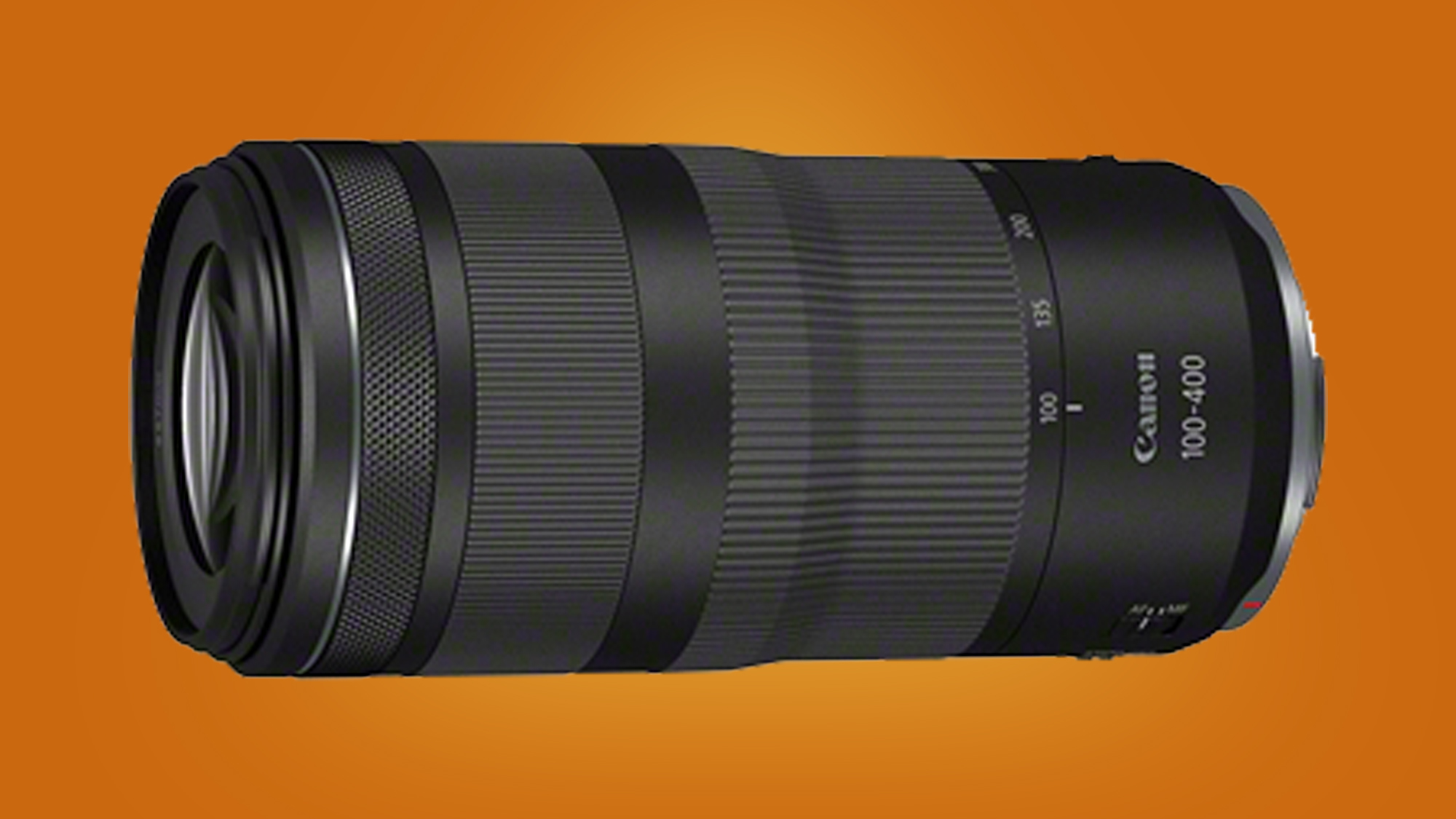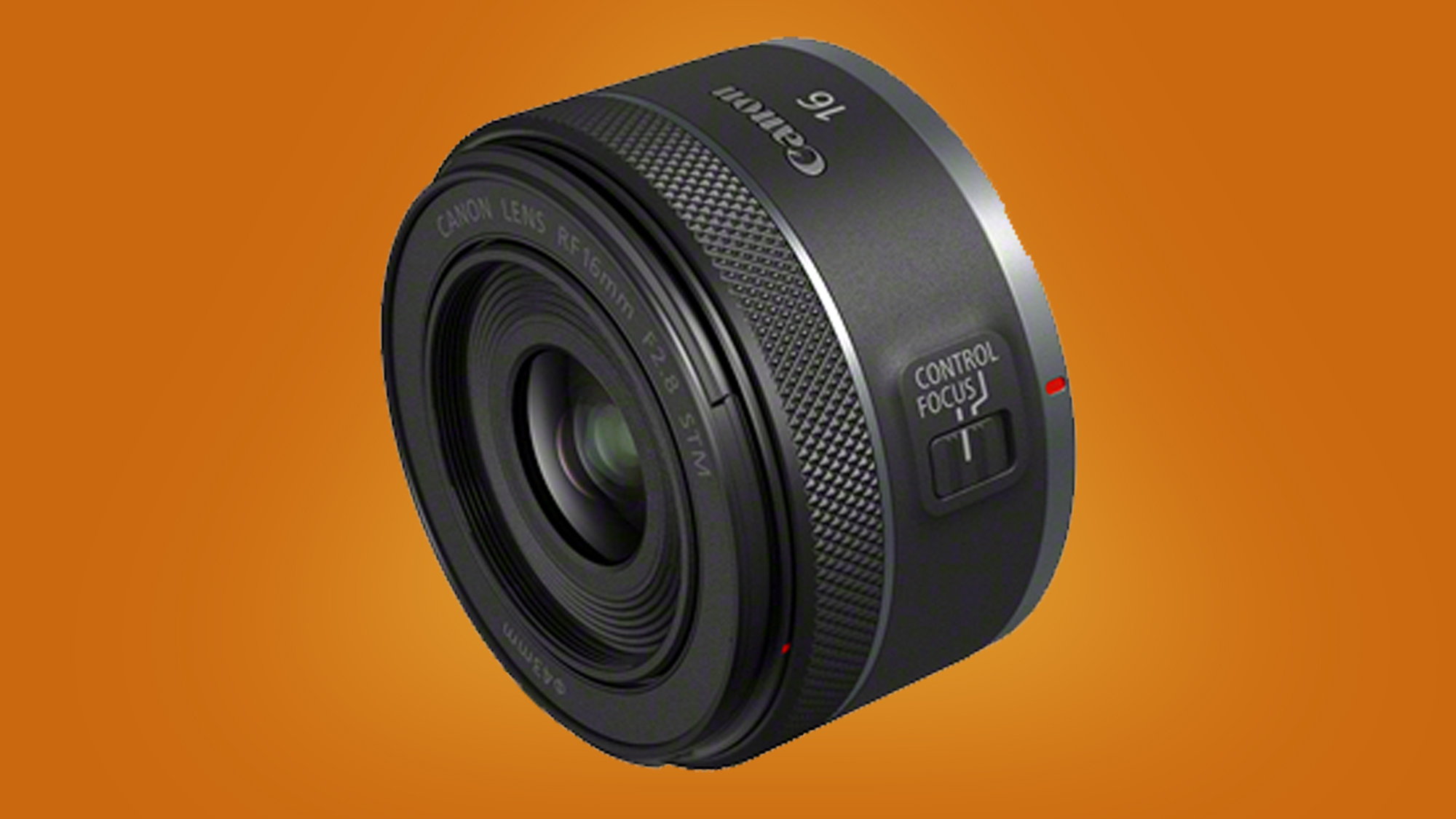Canon's super-affordable new RF lenses will be popular for different reasons
Budget RF glass for your full-frame mirrorless camera

The new Canon EOS R3 might be hogging the limelight today, but Canon also has some treats for those of us who can't afford a pro sports camera – two refreshingly affordable RF lenses that fill some important gaps in its line-up.
Been waiting for wallet-friendly super-telephoto zoom for your Canon EOS R-series mirrorless camera? The new Canon RF 100-400mm f/5.6-8 IS USM ($649 / £699 / AU$1,379) should fit the bill nicely, with the camera giant claiming it's been designed for "budding sports and wildlife photographers".
On the other hand, if it's a cheap, wide-angle prime lens for video shooting you're after, then you'll be pleased to see the arrival of the Canon RF 16mm f/2.8 STM ($299 / £319 / AU$549). It's been designed for vlogging in particular, with that focal length converting to a handy 25.6mm when used in an APS-C crop mode, but could also be useful for astrophotography and group photos.
- These are the best Canon RF lenses you can buy right now
- Or check out our guide to the best Canon lenses for DSLRs
- Read our hands-on Canon EOS R3 review
Neither of these lenses are exactly an ideal match for the Canon EOS R3, but that's perhaps the point – Canon is making sure photographers at both ends of the budget spectrum are catered for in its EOS R-series, and that's particularly important at the more affordable end due to the system's lack of third-party lenses.
The RF 100-400mm f/5.6-8 IS USM will pair nicely with cameras like the Canon EOS R6, as well as older bodies like the original Canon EOS R and Canon EOS RP. It has 5.5 stops of in-lens optical image stabilization, which can be boosted to six stops when you use it with a camera (like the EOS R6) that has in-body image stabilization.

The lens is relatively small and lightweight for a super-telephoto, measuring 164.7mm long and weighing 635g, and it also focuses on objects as close as 88cm away. Like most modern Canon lenses, it has a nano USM (Ultrasonic Motor) for focusing and if you want even more reach you can use it with as 2x extender, which turns it into a 200-800mm lens with an f/11-f/16 aperture.
Even more lightweight, though, is that Canon RF 16mm f/2.8 STM, which weighs just 165g (the same as an iPhone 12). It's the first ultra-wide angle prime for the EOS R system, so it's a long-awaited lens and looks likely to be a popular one thanks to its versatility and low price tag.
Sign up for breaking news, reviews, opinion, top tech deals, and more.
It can shoot as close as 13cm and uses Canon's STM (Stepper Motor) focusing tech, rather than USM, which is generally better for video due to its smooth, silent action. And while it's been designed for full-frame cameras, the fact that focal length converts to a handy 25.6mm on APS-C cameras could potentially hint that Canon is developing a crop sensor RF-mount camera. Both of Canon's new lenses are expected to be available to buy from October.
Analysis: The welcome arrival of more affordable RF lenses

For a while after Canon's new EOS R mirrorless system arrived in 2018, it was clear that the camera giant was keen to look after its professional users with its early RF lenses.
Many of the earliest RF lenses were designed to showcase the new possibilities of Canon's new mount, which delivered a shorter flange distance (the gap between the lens and sensor) to help support innovative new designs. But with today's announcements, its lens lineup is now impressively mature for both pros and amateurs.
Last year we saw Canon launch the intriguing 600mm f/11 and 800mm f/11 telephoto primes for those who wanted to try wildlife snapping on a budget, and today's new lenses fit neatly into a similar bracket.
The Canon RF 100-400mm f/5.6-8 IS USM looks like a well-priced, versatile option for those who want a stabilized, super-telephoto lens for wildlife or travel snapping. Naturally, there are some compromises at this price, such as a lack of weather-proofing or a fluorine coating (which helps repel water and dust), but that's pretty common at this price point.
But the really big-seller, particularly for video shooters, is likely to be that Canon RF 16mm f/2.8 STM, which is shaping up to be a good alternative to the existing Canon RF 14-35mm f/4L IS USM. At only $299 / £319 / AU$549, it understandably lacks features like image stabilization, but this could be navigated by either using it on a tripod (for stills) or mounting it on an IBIS-equipped EOS R camera.
Now all we need is an affordable, full-frame successor to the aging Canon EOS RP to give us a suitably affordable camera body to match.
- These are the best Canon cameras you can buy

Mark is TechRadar's Senior news editor. Having worked in tech journalism for a ludicrous 17 years, Mark is now attempting to break the world record for the number of camera bags hoarded by one person. He was previously Cameras Editor at both TechRadar and Trusted Reviews, Acting editor on Stuff.tv, as well as Features editor and Reviews editor on Stuff magazine. As a freelancer, he's contributed to titles including The Sunday Times, FourFourTwo and Arena. And in a former life, he also won The Daily Telegraph's Young Sportswriter of the Year. But that was before he discovered the strange joys of getting up at 4am for a photo shoot in London's Square Mile.